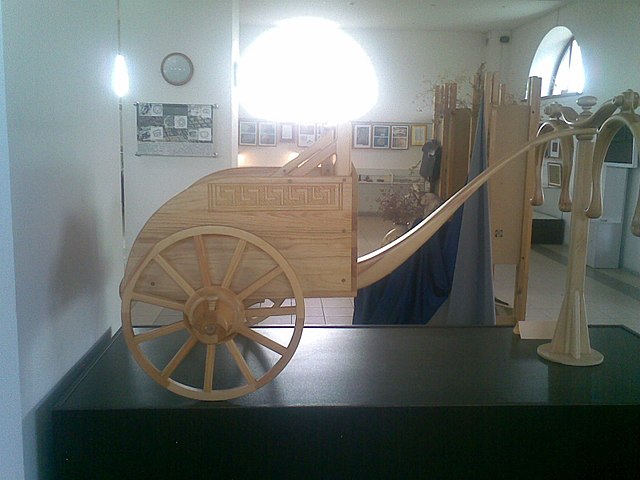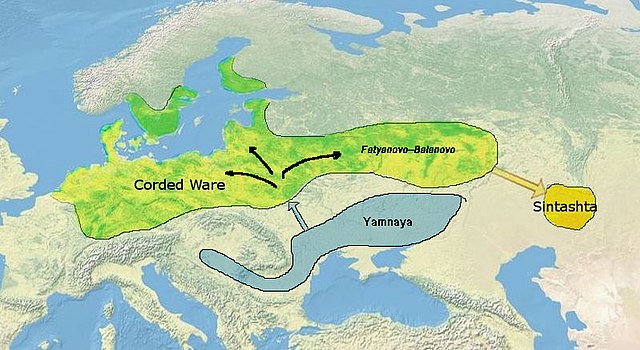Golden hats are a very specific and rare type of archaeological artifact from Bronze Age Europe. So far, four such objects are known. The objects are made of thin sheet gold and were attached externally to long conical and brimmed headdresses which were probably made of some organic material and served to stabilise the external gold leaf. The following conical golden hats are known as of 2012:Avanton Gold Cone, incomplete, found at Avanton near Poitiers in 1844, c. 1400 BC.
Golden Hat of Schifferstadt, found in 1835 at Schifferstadt near Speyer, c. 1400–1300 BC.
Golden Cone of Ezelsdorf-Buch, found near Ezelsdorf near Nuremberg in 1953, c. 1000–900 BC; the tallest known specimen at roughly 90 cm (35 in).
Berlin Gold Hat, found probably in Swabia or Switzerland, c. 1000–800 BC; acquired by the Museum für Vor- und Frühgeschichte, Berlin, in 1996.
Avanton gold hat, c. 1400 BC
Berlin, Neues Museum
Avanton, National Archaeological Museum, France
Ezelsdorf-Buch, Germanisches National Museum
The European Bronze Age is characterized by bronze artifacts and the use of bronze implements. The regional Bronze Age succeeds the Neolithic and Copper Age and is followed by the Iron Age. It starts with the Aegean Bronze Age in 3200 BC and spans the entire 2nd millennium BC, lasting until c. 800 BC in central Europe.
Gold 'Mask of Agamemnon', Greece, 1550 BC
Chariot model, Sintashta culture, Arkaim museum
Corded Ware, Yamnaya and Sintashta cultures
Illustration of a Terramare settlement







